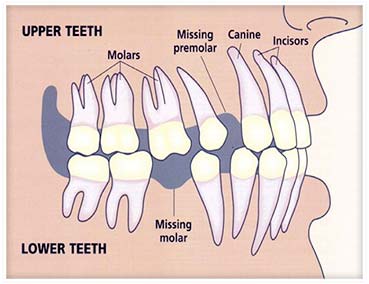Tooth Extractions

There are two types of dental extractions that can be done:
1. Simple Extractions – Most dental extractions are straight-forward and involve the removal of the tooth in one piece. Simple extractions usually involve teeth that are fully visible in the mouth and involve the use of special instruments to remove the tooth from its socket. The extraction is performed under local anaesthetic so that the tooth can be removed painlessly.
2. Surgical Extractions – Sometimes dental extractions can be more complex. These extractions typically involve teeth that are severely decayed, resulting in the tooth breaking apart during the extraction procedure, or when the tooth is hardly visible in the mouth. Surgical extractions generally require an incision to elevate the soft tissues covering the tooth and may also involve the removal of some surrounding jawbone tissue. More difficult surgical extractions may require referral to an oral surgeon. Following the extraction of a tooth, bleeding is common in the first hour, after which a blood clot forms in the socket where the tooth was removed. The main healing of the wound typically takes around a week to heal.
Teeth may have to be removed for various reasons. Some of these include:
- Extensive Damage to a Tooth: If a tooth is badly decayed or damaged due to trauma, extraction may be necessary.
- Periodontal Disease: Due to poor dental hygiene and a build-up of plaque and calculus (tartar) on a tooth, the gums may become inflamed and infected (periodontal disease). If not treated promptly, periodontal disease is likely to damage the underlying bone and other tissues around the tooth’s root. The infection may cause the tooth to become loose in its socket. Despite treatment, saving the tooth may not be possible.
- Prevention of Complications: If badly diseased teeth are not extracted promptly, complications such as infection or abscesses in the teeth or roots, or the spread of infection through the blood stream to other parts of the body, may occur. This may affect your general health.
- Vertical Cracks in a Tooth’s Root: A root may shift and split, and crack upwards or downwards. If repair is not possible, extraction may be necessary. A missing tooth can cause nearby teeth to move out of their normal position and tilt into the gap. This often makes chewing and biting difficult. It may also cause more decay and gum disease around the tilted teeth as thorough cleaning can be difficult. To prevent adjacent teeth from moving into the gap, a bridge, plate or dental implant may be necessary.
